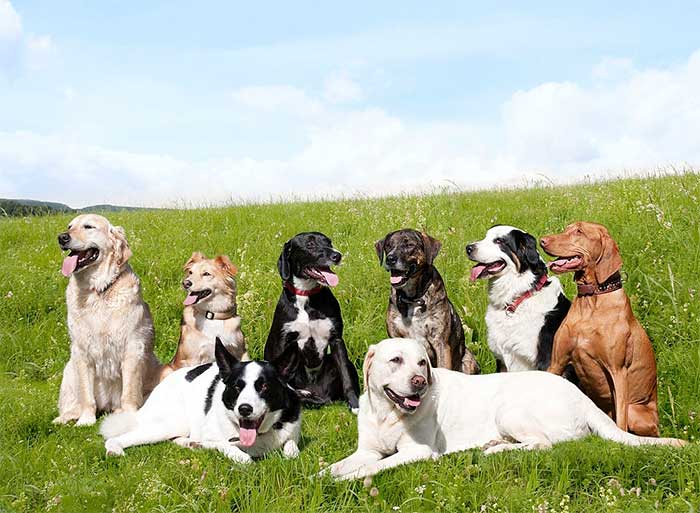
Adopting a dog can be one of the best decisions you are going to make in your life. Dogs can transform your life. Soon enough, a lot of your daily plans will involve your loving pet. The bond between a loyal dog and his human is very unique. A bond that has developed over millennia, dogs provide unconditional love, they understand your emotions, and can read your expressions, and it is said they can even sense danger and disease for you.
Dogs are known to provide a sense of wellbeing, reduce stress, and boost your mood and even get you active! For some dogs are essential as guide dogs and emotional support animals that provide crucial services for the differently abled dog owners.
So, when you decide to get a dog, you are going to instantly uplift your lifestyle and wellbeing.
Before you go out and get yourself a puppy, you need to do some research on what type of dog works best for you, your family, your health, and your lifestyle and abilities.
Here we outline some breeds and some information around them to start you off on your research for your next dog.
But, first, let’s explore the five criteria you need to assess to ensure the dog breed is a good fit for you:
Health
First and foremost, you need to find a dog that is a good fit for your health. Questions to ask: Do you have allergies? Are you able to exercise your dog? and do you have any special health situations that the dog will need to be compatible with? Remember a dog requires a lot of commitment and work and you need to make sure you get the right breed of dog to fit your health situations. If you are elderly or less active, you may want to consider a small breed who does not need a lot of attention. If you have allergies, you should definitely go for the hypoallergenic breeds – breeds that don’t shed and do not have dander.
Time
Due to the highly social nature of dogs and the fact that they are intelligent creatures it becomes important for you to give them physical exercise on a regular basis. Some dogs are full of energy so they require more exercise. This can include a run in the park or a game of fetch. You need to keep in mind that training and caring for your new dog will require you to allocate your time daily.
Keep in mind that activities like walking your dog daily is important so you must have time set aside from your daily routine to walk your dog. Or you must get a friend to complete this task. Either way getting a dog is not a good idea if you cannot set aside time for these daily tasks.
If you want to be around with you for years to come, it is important for you to ensure that it gets anywhere from 20 minutes to an hour of exercise everyday. If it’s not possible for you to set aside the time then you can consider hiring a professional dog walker to take your dog out for exercising.
Costs
Bringing your desired dog home is not going to be cheap, unlike what many people expect. Be prepared to make a hefty donation to the shelter you are bringing it from, it might start from $2000. You can expect the cost to be higher if it comes from a pet breeder or a pet store.
There are additional costs involved with factors related to the age , breed and size of your dog. These factors are largely centered towards the grooming needs of your dog, and also the location of your residence.
Your dog will require neutering or spaying, and also occasional checkups at the vet. You will need to buy pet food and supplies such as toys, leash, collar, dog crate and other accessories. Hiring dog walkers or sitters will increase your costs as will trainers and medicines. So be prepared to consider these costs beforehand and make your budget accordingly.
Patience
Another thing you must be considerate about is your expectations surrounding your dog. Obviously when you first brought it home you had a lot of expectations regarding how the overall experience was going to be like. But be prepared to experience many unexpected things.
The dog will be engaged in activities that will make you unhappy, such as it might bite or chew many things it wasn’t supposed to or have potty incidents around the house. They will inevitably make a lot of noise and mess up the house by scattering its toys all over.
You must develop a lot of patience to deal with these things initially. But be assured that things will change with training. So be prepared to invest time and effort behind training your dog with a lot of patience and the experience will slowly turn into a more pleasant one.
Abilities
Now, you need to figure out what your abilities are. Will the purpose of the dog be your service animal? What type of training do you require for them to help you with your different abilities. Abilities also apply to your stamina and energy level. Do you have the energy to walk a large breed dog for a fair amount of time every day? These are important questions to ask yourself to help you narrow down the breed you need to choose.
Lifestyle
This is a big one. You need to assess your lifestyle. Your work hours, your leisure time, your time for exercise and play with the puppy, your vacation habits are all important factors to assess and evaluate before you take on a commitment of a dog. Some breeds do very well on their own during long hours of absence of their owners during the day, and others don’t do so well.
Some dogs have severe separation anxiety and don’t do well without people at home. Some dogs require a lot of exercise time and others are more leisure happy dogs. So, be sure to research these aspects to match up with your perfect breed of dog.
Family
Another important factor to consider. Some dogs are not good with kids. Others are too fragile to be around kids. Some dogs require 24/7 human supervision and others are really good alone. Some dogs adapt well with new additions to the family. Others not so much. So again, another factor to consider before you pick the right breed for you.
You must also consider if anyone in your family or household is allergic to dogs. This needs to be sorted beforehand to avoid a problematic situation after you bring the dog home. You can test this by finding out if any of your acquaintances has a dog similar to the one you have chosen and visit that house.
Are Other Animals Living in the House?
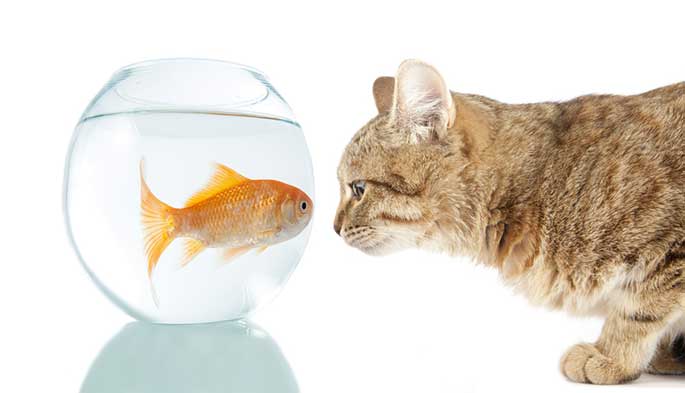
You might already have a pet in the house, a cat or a rabbit or birds. What you need to know is that plenty of dogs are known to live very peacefully in cohabitation with other pets. So it’s better for you to research ahead about the type of dog you are planning to have and it’s likelihood of living in harmony with the other pets you might already have in your house.
Why Are You Getting a Dog?
What type of dog you will get also depends on the reason why you want the dog in the first place. There are plenty of expectations or plans you may have leading up to getting the dog and this will inevitably decide what type of dog is right for you.
You need to figure out if you are looking for a companion for your baby, or is it a buddy for another dog you already own. Or do you want a dog as your baby to bring up, who will attach itself to you and snuggle close the whole day.
Keep in mind factors like activities you plan on involving your dog in, you might want to take your dog for a short walk or it might be a longer mile run in the morning. All these considerations must aid you in choosing the right dog.
Must Think About the Future
You must consider where you are headed a few years down the line. How you plan on living your life in the future must be an important consideration while choosing a dog.
You must consider factors such as getting married, moving away, or are planning on getting kids in the near future. You must plan accordingly and determine if the dog you’re getting will fit into your plans for the future.
Housing
This is another big factor to consider. Some dogs are more adaptable to an apartment setting and don’t require too much outdoor time. Others are all about the outdoors and will require a backyard space. Inside the home, be sure to figure out where you will house the puppy. Have a place for his crate – because crate training could be in the cards for the new dog for training.
Once you have assessed the five factors of compatibility, it is time to short list the must have qualities for your dog. A list of criteria could be:
- Must be hypoallergenic
- Must be small enough for me to pick him up
- Must be okay with minimal exercise
- Must be okay with staying home alone while I am off to work
If you are living in a co-op or a particular suburb then its best to ask the landlord or homeowners association about specific rules they might have about pets. Certain types of dogs might not be allowed in a few apartment complexes while others may have guidelines on allowing a particular breed or weight of dog only.
Your living conditions or environment will also need to be considered when choosing what type of dog to get. Living in a smaller apartment in the city will not be an ideal environment to get a large dog which is full of energy. This dog will require a larger space to exercise and run around in so it’s best if you choose a smaller low energy dog.
Puppy or Adult Dog?
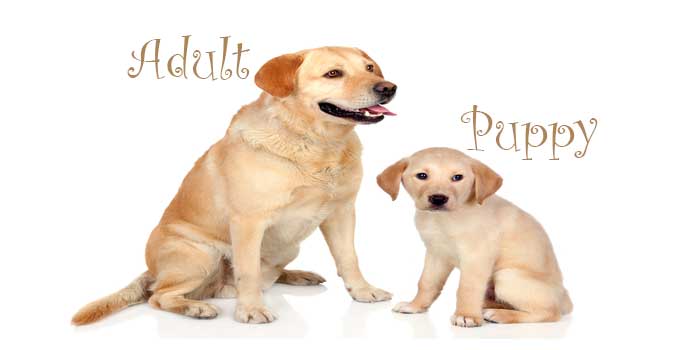
Puppies are a very popular choice owing to the fact that they are so cute. Another reason why you might want to choose this size of dog is the fact that you can train and mould these dogs right from the very first day. You can teach them not to engage in activities that you don’t like and also teach them how to behave socially.
Something you need to consider is that puppies have no clue how to behave around humans and don’t know the human culture. You might need to walk puppies a lot so the time and effort going into puppies is substantial. Puppies are very inquisitive in nature and love to bite anything they see, they don’t know that they are not supposed to chew everything. So keep an eye on your puppy and monitor what it’s doing.
It’s a bit easier with adult dogs on the other hand because they don’t bite as much as puppies and they can hold it in longer due to more developed bladders, making house training easier. Most adult dogs are already well house trained and can easily follow distinct commands. It’s also fairly cheaper getting an adult dog.
Some adult dogs however may be fearful of men due to not being properly socialized as puppies. This can lead to a few bad habits such as jumping on humans, tugging on the leash and destructive chewing, in other words requiring more effort to restrain them.
By now you should have figured out the size of the dog you want based on your health, lifestyle, family, housing, and abilities.
In the next section, we will discuss different breeds. There are actually five size categories – toy, small, medium, large and very large. But for simplicity, we will discuss the three main categories: small, medium, and large.
We will provide a few examples under each category and discuss one breed under each category in detail regarding their temperament, maintenance, and health.
Mixed Breed or Purebred?
While it’s more common for people to prefer a specific breed, you need to keep in mind the fact that mixed breed dogs are some of the smartest, most capable and friendliest dogs out there. Mixed breed dogs are mostly a result of unintentional or random breeding and are more likely to be found in the shelters.
There are some people who still prefer a particular breed such as a pug or a german shepherd simply because of the fact that they might be more familiar to them due to perhaps growing up with them in the past.
It’s also easier to decide on the grooming needs and future development of a purebred due to all the information out there. With a mixed breed however you can only guess as to how it might turn out in the future, with surprises regarding the dog getting overweight or shedding too much hair all around the house.
According to some experts, mixed breeds have a lower chance of carrying certain genetic conditions of a few breeds. They are hence likely to be more healthy due to the healthy vigor factor; the pooling of traits from different types of dogs.
Major Dog Groups
Here is some more information to help you determine what type of dog you want. According to The American Kennel Club, you have seven major groups of dogs to choose from. Keep in mind that not all dogs will necessarily fit 100% into their generalized group, there will always be exceptions. There are also a few groups of dogs that the AKC do not recognize. Listed below are few of the major dog groups detailed.
Herding Group
This group of dogs are quite intelligible and hence are easily trainable. As a result, hunters use them to herd other livestock animals. Dogs in this group include Border Collie, Welsh Corgi and German Shepherd.
Terrier Group
These dogs have a very lively personality and are known to be quite relentless and fiesty. Thus they are an ideal dog for people looking for engaging pets. This breed of dog is bred to hunt vermin. Common dogs of this type include Airedele, Miniature Schnauzer, Jack Russel and West Highland.
Working Group
This breed of dogs is strong and intelligent and are bred to take part in rescue operations, pull sleds and guard livestock. Common dogs in this breed include Portugese Water Dog, Siberian Husky, Great Dane and Rottweiler.
Hound Group
This breed of dog mostly has a strong sense of smell or an amazing stamina with extraordinary speed. These characteristics make them amazing sturdy hunter dogs. Thus they are used mostly to assist hunters. Basset Hounds, Dachshunds and Beagles commonly make up this breed.
Toy Group
This breed of dogs are commonly known as lap dogs as they are small in size. They are mostly bred for companionship. Shih Tzu, Chihuahua and Maltese are the common dogs in this group.
Sporting Group
This group of dogs are mostly used to help retrieve game both from land and water by the hunters. You must ensure to give them a lot of exercise as these dogs are very alert and active. Common dogs in this group are Setters, Retrievers, Pointers and Spaniels.
Non-Sporting Group
If the dog doesn’t fit into any other group, you will find them here. Their size and appearance varies as so do their personalities. Bichon Frise, Poodle Shar-Pei and the Bull Dog typically make up this group.
You will surely be able to pick your loving pet from this list by knowing about their characteristics from the above information.
SMALL BREED
A small breed dog is a dog sized between 2 and 22 pounds, or under 10 kgs. In the small breed category, you also have a few sub categories: teacups (under 4 pounds), toys ( 4 – 12 pounds), and miniatures (12-22 pounds). They are ideal dogs for the urban professional who lives in a city apartment. They are also great companion dogs so they can be great for the elderly retired senior. Teacups and even smaller Toys are not recommended for families with small kids as they are very fragile and require gentle handling.
If you are an exercise enthusiast and want to run around with your dog, these small breeds will not be for you.
If you live a more sedentary or mildly active lifestyle these dogs will fit very well with your life.
Some popular breeds in this category are Chihuahua, Maltese, Yorkshire Terrier, Poodle, Daschund, Bisson Frise, Schnauzer, Pug, French Bulldog, Corgi, and Beagle.
MEDIUM BREEDS
In this section, we will talk about medium breed dogs. Medium breed dogs are a size category that is defined by dogs weighing 60 to 80 pounds (or 18 to 27 kg) and 18 to 22 inches from shoulder to paw when they are standing straight. They are charming, quieter in nature than their miniature cousins, and they are gentler too. They make for great family dogs as they can be sturdy and do not risk getting hurt by small children tripping on them.
Arguably, the most famous dog on television is Lassie – a Long Haired Collie is known to be one of the smartest medium dog breeds.
Some other popular breeds for medium breeds are Labrador Retrievers, Australian Shepherds, Collies, Basset Hounds, American Eskimos, and some Terrier breeds.
LARGE BREEDS
Large breed dogs are any dog over the weight of 59 pounds or 26 kilograms and up. There is another category within large breeds called the Giant breeds – they are defined as dogs above 100 pounds of 50 kgs.
Large breed dogs are some of the most popular family dogs out there. In fact, according to the American Kennel Club, some of the top 10 popular breeds are large breed dogs. They are easier to care for and make for great sturdy companion animals.
Read More: Beagle Pitbull Mix
Conclusion
So, now we have provided some tips on how to choose the right dog for you, and provided you with information on one breed of dogs from each size group – Toy Poodles of small dogs, Collies of medium dogs, and Labrador Retriever of large dogs.
Adopting a dog is life changing and will affect almost all aspects of your decision making for a good decade or more to come. They will be your best friend and companion and will provide for many happy memories of a lifetime. Adopting a dog is also a long term commitment for only the serious dog lovers. It requires some planning, a bit of work, and training to shape your dog into being a great member of your family.
So, do your research on the breed you want and follow our steps to find the right buddy for yourself. You will love life with a dog!
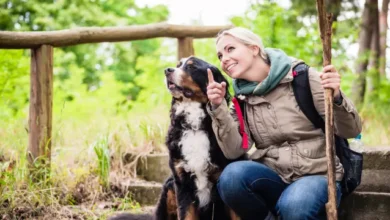

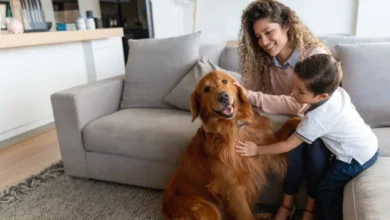
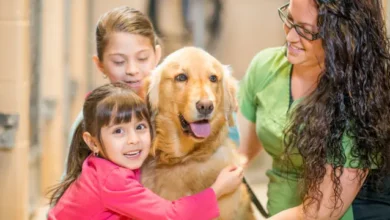
Yeah, you are right! Keep reading.